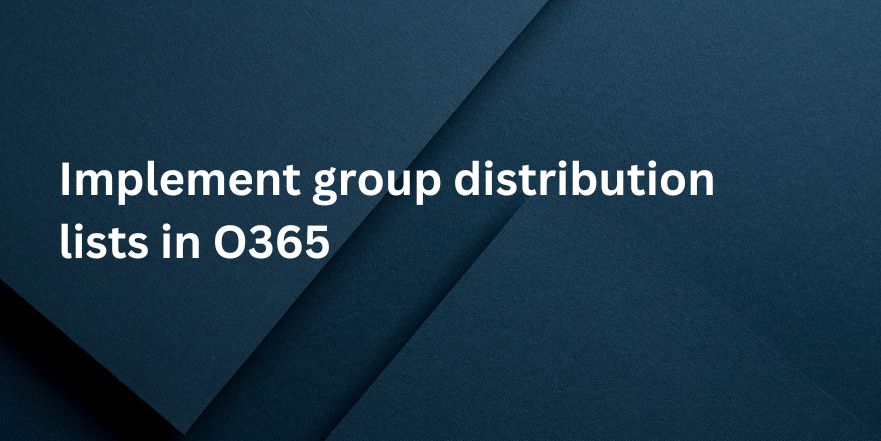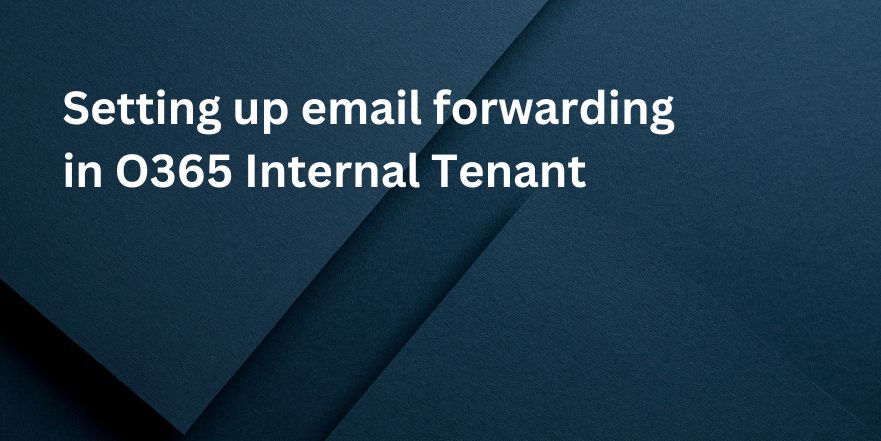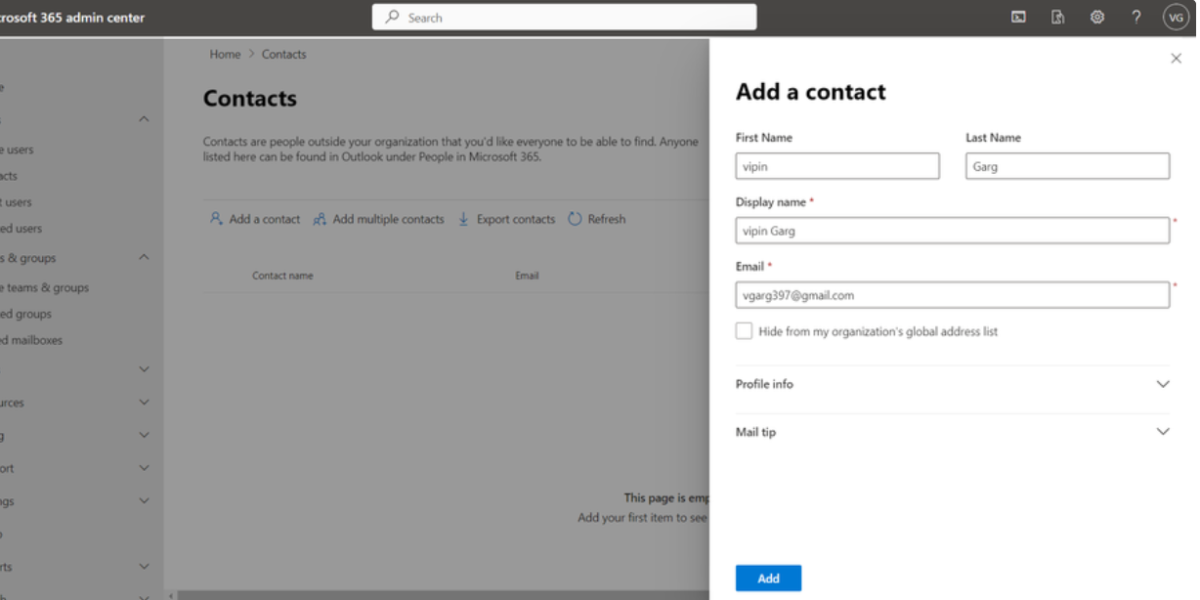In today’s digital age, where cyber threats are constantly evolving and becoming more sophisticated, it’s crucial to stay one step ahead of the game. Phishing attacks have become one of the most prevalent and dangerous forms of cybercrime, targeting individuals and organizations alike with deceptive emails that aim to steal sensitive information or spread malware. But fear not! In this blog post, we will uncover the power of advanced threat protection in combating phishing attacks. By arming yourself with cutting-edge technology and proactive strategies, you’ll be able to outsmart these cunning criminals at their own game and safeguard your digital world like never before. So fasten your seatbelts as we dive deep into the realm of advanced threat protection – a vital tool for staying safe amidst an ever-changing landscape of cyber threats!
Introduction to Phishing and its Risks
Phishing has become one of the most common cybercrimes in recent years, with millions of people falling victim to it every day. In fact, according to a report by Symantec, there were over 156 million phishing attempts worldwide in 2020 alone.
But what exactly is phishing? Phishing is a type of social engineering attack where cybercriminals use fraudulent tactics to trick individuals into divulging sensitive information such as login credentials or financial details. This is usually done through email, text messages, or fake websites that appear to be from legitimate sources.
Phishing attacks have become more sophisticated over the years, making them harder to detect. Cybercriminals are constantly evolving their tactics and using advanced techniques such as spoofing and spear-phishing to target specific individuals or organizations.
The Risks of Phishing
The consequences of falling for a phishing attack can be severe, both for individuals and businesses. Here are some of the risks associated with phishing:
1) Data Breaches: By tricking users into giving away their login credentials or other sensitive information, hackers can gain access to personal or company data. This can result in data breaches that lead to identity theft, financial loss, and damage to an organization’s reputation.
2) Malware Infections: Phishing emails often contain malicious links or attachments that install malware on the victim’s device when clicked. This malware can then steal sensitive information or even give hackers remote access to the device.
What is Advanced Threat Protection?
Advanced Threat Protection (ATP) is a security solution designed to safeguard against sophisticated and evolving cyber threats. It provides an additional layer of defense against attacks, complementing traditional security measures such as firewalls and antivirus software.
But what exactly is advanced threat protection and how does it work? In this section, we will delve deeper into the world of ATP and explore its key features and benefits.
At its core, advanced threat protection utilizes cutting-edge technologies to monitor network traffic in real-time for any suspicious activities or anomalies. This includes analyzing data from multiple sources such as emails, web traffic, files, endpoints, etc. to detect potential threats.
One of the key features of ATP is its ability to use machine learning and artificial intelligence algorithms to identify patterns and behaviors that may indicate malicious intent. This allows ATP solutions to continuously learn from new threats and adapt their defenses accordingly, making them highly effective in combating new forms of attacks.
Another important aspect of advanced threat protection is its ability to conduct thorough analysis on potentially malicious files or URLs before they can even reach a user’s inbox or device. By leveraging sandbox environments, ATP solutions can safely open these files in a controlled environment to assess any risks without putting the entire network at risk.
Moreover, ATP solutions often have access to extensive threat intelligence databases that contain information about known malware signatures and malicious IPs. They can use this data to compare incoming traffic against known indicators of compromise (IOCs) and block any suspicious activity in real-time.
With advanced threat protection in
Different Types of Advanced Threat Protection for Phishing
Phishing attacks have become increasingly sophisticated and difficult to detect, making it more important than ever for individuals and businesses to have advanced threat protection in place. There are several types of advanced threat protection specifically designed to combat phishing attacks, each with its own unique features and benefits. In this section, we will explore the different types of advanced threat protection for phishing and how they can help protect against these malicious cyber threats.
1. Email Filtering
Email filtering is a commonly used form of advanced threat protection that focuses on detecting and blocking phishing emails before they even reach the recipient’s inbox. This type of protection works by analyzing incoming emails for known malicious links or attachments, as well as suspicious content and senders’ information. If any red flags are detected, the email will either be blocked or sent to a quarantine folder for further review.
One advantage of email filtering is that it can be set up to automatically scan every incoming email, reducing the risk of human error in identifying phishing attempts. However, it may also result in false positives if legitimate emails are mistakenly flagged as malicious.
2. Web Content Filtering
Web content filtering is another form of advanced threat protection that focuses on preventing users from accessing malicious websites through their web browsers. Phishing attackers often use fake websites that mimic legitimate ones to trick victims into giving away sensitive information such as login credentials or financial details.
Web content filtering uses a database of known malicious websites and URLs to block access or display warning messages when users attempt to visit them. It can also
Benefits of Implementing Advanced Threat Protection
Implementing advanced threat protection (ATP) is a crucial step in safeguarding your organization against the ever-evolving threat landscape. As cyber attacks become increasingly sophisticated and complex, traditional security measures are no longer enough to protect businesses from potential breaches. That’s where ATP comes in – it provides an additional layer of defense that can help prevent, detect, and respond to advanced threats.
So what exactly are the benefits of implementing ATP? Let’s dive in:
1. Proactive Protection Against Zero-Day Attacks
One of the biggest advantages of ATP is its ability to proactively defend against zero-day attacks. These are attacks that exploit previously unknown vulnerabilities in software or systems, making them difficult for traditional security solutions to detect and defend against. With ATP, however, advanced machine learning algorithms and behavior-based detection techniques can identify suspicious activities and block potential zero-day threats before they cause any harm.
2. Real-Time Threat Detection and Response
ATP solutions continuously monitor network traffic and proactively search for any signs of malicious activity. This real-time monitoring allows for quick detection of potential threats such as phishing emails or ransomware attacks before they can spread across the entire network. The ability to quickly identify and respond to these threats is crucial in minimizing damage and reducing downtime.
3. Comprehensive Protection Across Endpoints
Endpoints such as laptops, mobile devices, or even IoT devices have become prime targets for cybercriminals looking to gain access to sensitive information or disrupt business operations. Advanced threat protection extends beyond just traditional endpoints like
Real-Life Examples of Successful Advanced Threat Protection
Advanced threat protection (ATP) has become an essential tool in today’s digital landscape, helping businesses and organizations stay ahead of the ever-evolving threat of phishing attacks. These sophisticated attacks have the potential to cause significant financial and reputational damage, making it crucial for companies to invest in advanced threat protection solutions.
To better understand the effectiveness of ATP, let’s take a look at some real-life examples of successful implementations:
1. Microsoft Office 365 Advanced Threat Protection
One of the most widely used ATP solutions is Microsoft Office 365 Advanced Threat Protection (ATP). This cloud-based solution offers robust protection against email-based phishing attempts by using machine learning algorithms and artificial intelligence to detect suspicious links and attachments. In one case study, a large multinational organization was able to prevent over 500,000 malicious emails from reaching its employees’ inboxes within just two months of implementing Office 365 ATP.
2. Google Safe Browsing
Google Safe Browsing is another example of an effective advanced threat protection tool. It helps protect users from visiting malicious websites or downloading harmful files by constantly scanning billions of web pages for suspicious activity. In a recent report, Google stated that their safe browsing technology protects over four billion devices every day from phishing attacks.
3. Barracuda Email Security Gateway
The Barracuda Email Security Gateway is a comprehensive email security solution that includes advanced threat protection features such as anti-phishing and anti-spoofing capabilities. This solution uses various techniques like domain reputation analysis and link
How to Choose the Right Advanced Threat Protection Solution for Your Business
In today’s digital landscape, the threat of phishing attacks is constantly evolving and becoming more sophisticated. As a business owner, it is crucial to have robust security measures in place to protect your company’s sensitive data and avoid financial losses due to cybercrime. Advanced Threat Protection (ATP) solutions are designed to combat these ever-evolving threats by providing advanced detection and prevention capabilities.
However, with numerous ATP solutions available on the market, choosing the right one for your business can be a daunting task. In this section, we will discuss the key factors you should consider when selecting an ATP solution for your business.
1. Understand Your Business Needs: Before jumping into evaluating different ATP solutions, it is essential to understand your organization’s specific requirements. Every business has unique IT infrastructure and operates in various industries with different levels of risk exposure. Therefore, it is crucial to identify what type of protection you need against phishing attacks and how much you are willing to invest in it.
2. Evaluate Detection Capabilities: The primary purpose of an ATP solution is to detect malicious activities and prevent them from causing harm. When evaluating different options, look for solutions that offer comprehensive detection capabilities such as behavior-based analysis, machine learning algorithms, sandboxing techniques, etc. These features enable the system to proactively identify and stop potential phishing attacks before they can cause damage.
3. Check for Real-Time Response: Another critical factor in choosing an ATP solution is its real-time response capability. This means how quickly the system can respond when




